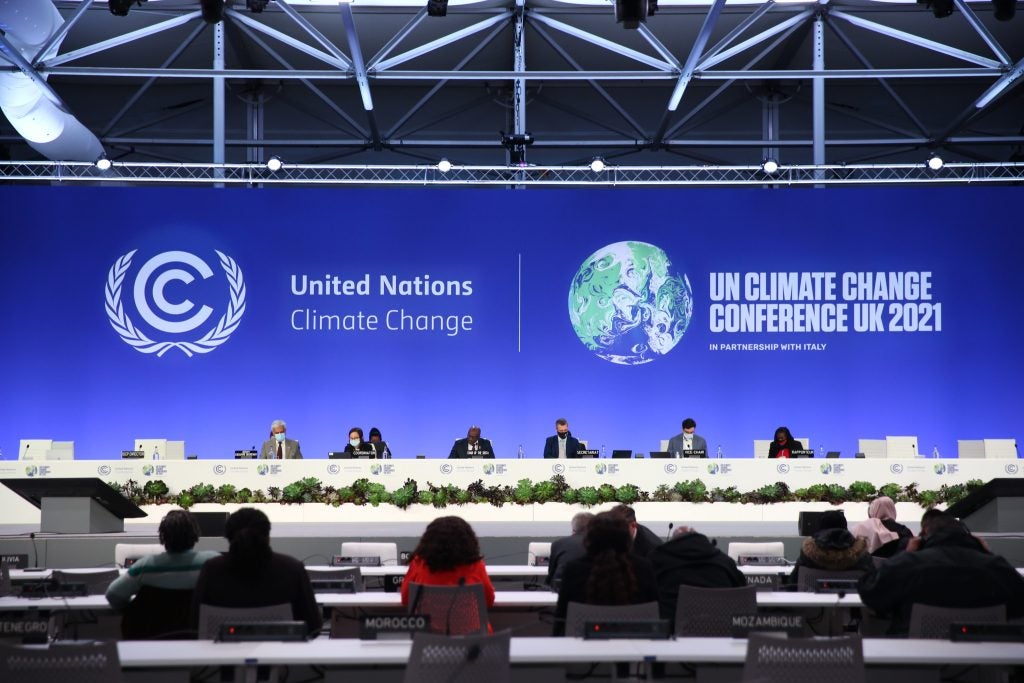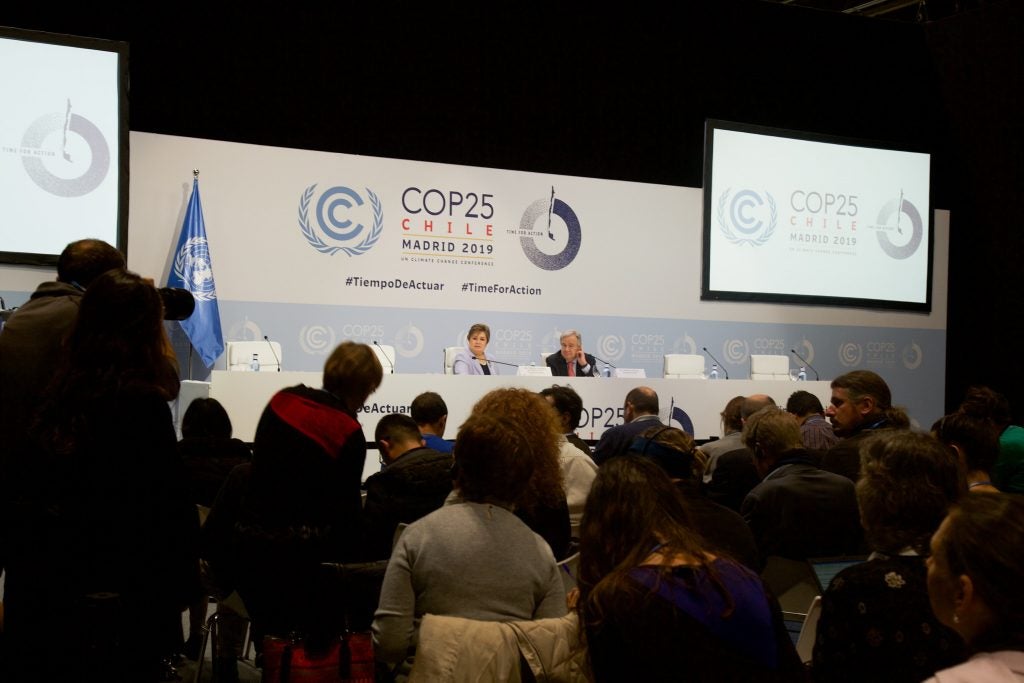This post was coauthored by Kelley Kizzier from EDF, Kelly Levin from World Resources Institute, and Mandy Rambharos, Article 6 negotiator, South Africa. It originally appeared on WRI’s blog.
As delegates arrive in Madrid for the UN Climate Change Conference (COP25) this week, one issue is top-of-mind: finalizing the rules on how countries can reduce their emissions using international carbon markets, covered under Article 6 of the Paris Agreement on climate change.
Article 6 is one of the least accessible and complex concepts of the global accord. This complexity was a major reason that Article 6 was not agreed to until the last morning of the Paris negotiations in 2015 and was left unresolved at the Katowice climate talks last year. Getting these rules right is critical for fighting climate change: depending on how they are structured, Article 6 could help the world avoid dangerous levels of global warming or let countries off the hook from making meaningful emissions cuts. The integrity of the Paris Agreement and countries’ climate commitments hang in the balance.
Here’s what you should know:
How do international carbon markets work?
International carbon markets work like this: Countries that struggle to meet their emissions-reduction targets under their national climate plans (known as “nationally determined contributions,” or NDCs), or want to pursue less expensive emissions cuts, can purchase emissions reductions from other nations that have already cut their emissions more than the amount they had pledged, such as by transitioning to renewable energy. If the rules are structured appropriately, the result can be a win-win for everyone involved — both countries meet their climate commitments, the overachiever is financially rewarded for going above and beyond, finance is provided to the country generating the emissions reductions, and the world gets a step closer to avoiding catastrophic climate change.
What does the Paris Agreement say about carbon markets?
Article 6 has three operative paragraphs, two of which relate to carbon markets:
- Article 6.2 provides an accounting framework for international cooperation, such as linking the emissions-trading schemes of two or more countries (for example, linking the European Union cap-and-trade program with emissions-reduction transfers from Switzerland). It also allows for the international transfer of carbon credits between countries.
- Article 6.4 establishes a central UN mechanism to trade credits from emissions reductions generated through specific projects. For example, country A could pay for country B to build a wind farm instead of a coal plant. Emissions are reduced, country B benefits from the clean energy and country A gets credit for the reductions.
- Article 6.8 establishes a work program for non-market approaches, such as applying taxes to discourage emissions. For this explainer, we will focus on the carbon markets elements of Article 6.
While Article 6 established these concepts in broad strokes and countries achieved some progress on defining the rules over the years, their final shape remains yet to be agreed. Finalizing these rules is a key agenda item for COP25.
Read More »












